- Home
- Missions
- Data
- Communications
- People
- The Earth Observer Newsletter
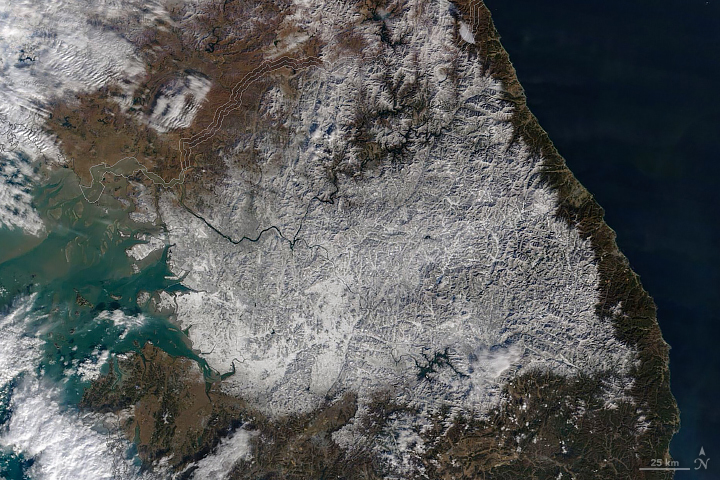
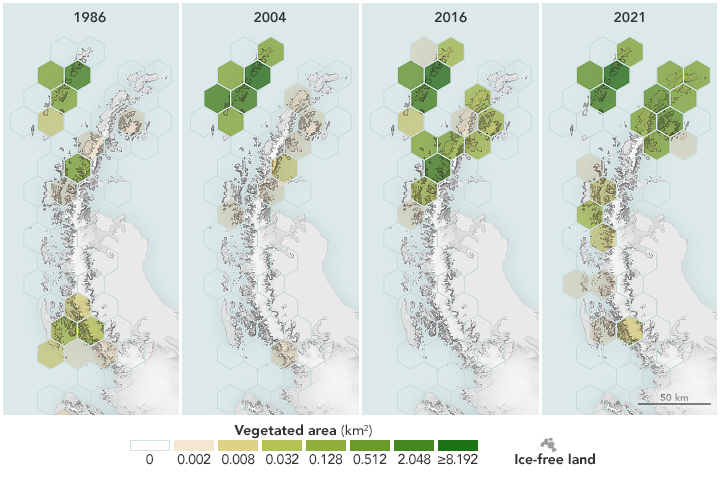
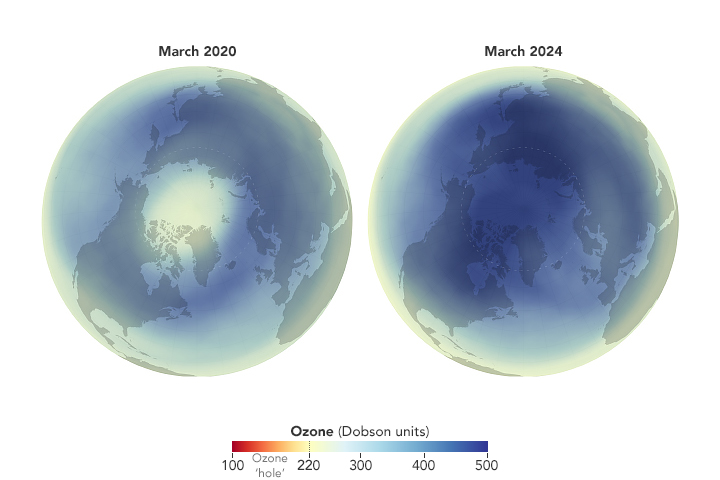
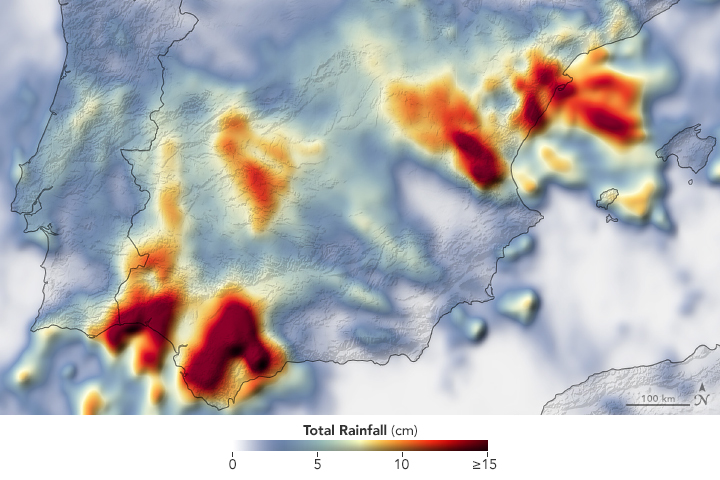
Recent Imagery
You will be directed to the NASA Visible Earth webpage when you select Images by Mission below, or click on the images at right that are randomly generated to represent four out of all possible topics.
You are here
Posters
NASA's Earth Observing System provides a variety of materials available for download. Feel free to choose a category below:
- Brochures
- Postcards
- Posters
- Science Writers’ Guide
- Mission Brochures
- Fact Sheets
- Calendars
- Booklets
- Lithographs
- Reference and Data Products Handbooks
- iBooks
- Activities
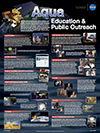 |
Aqua Education & Public Outreach (2011) This poster highlights the education and public outreach activities of the Aqua satellite mission. It features examples that highlight how Aqua data are used, as well as the efforts of the Aqua team to distribute this information and demonstrate its applications. This is related to the following mission(s): This publication appears in: |
 |
Earth at Night (2009) |
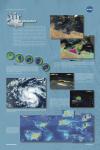 |
EOS Science: Air (2007) The EOS Science: Air Poster Series explains what NASA scientists are doing to study and understand air on Earth. This publication appears in: |
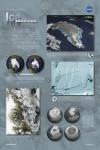 |
EOS Science: Ice (2007) The EOS Science: Ice poster explains what NASA scientists are doing to study and understand Ice here on Earth. This publication appears in: |
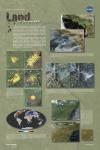 |
EOS Science: Land (2007) The EOS Science: Land poster explains what NASA scientists are doing to study and understand land here on Earth. This publication appears in: |
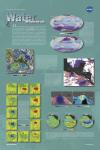 |
EOS Science: Water (2007) The EOS Science: Water poster explains what NASA scientists are doing to study and understand water here on Earth. This publication appears in: |
 |
Nitrogen Dioxide (2011) Learn about this toxic gas and about some of its primary sources. Did you know that most of the sources of nitrogen dioxide are human-made? Find out how, here! This publication appears in: |
 |
Sulfur Dioxide (2011) Discover some of the ways in which this important air pollutant is made, through both natural and human-made sources. NASA’s Aura satellite, and others, continually monitor sulfur dioxide in order to help scientists understand its effect on Earth’s natural systems. This publication appears in: |
